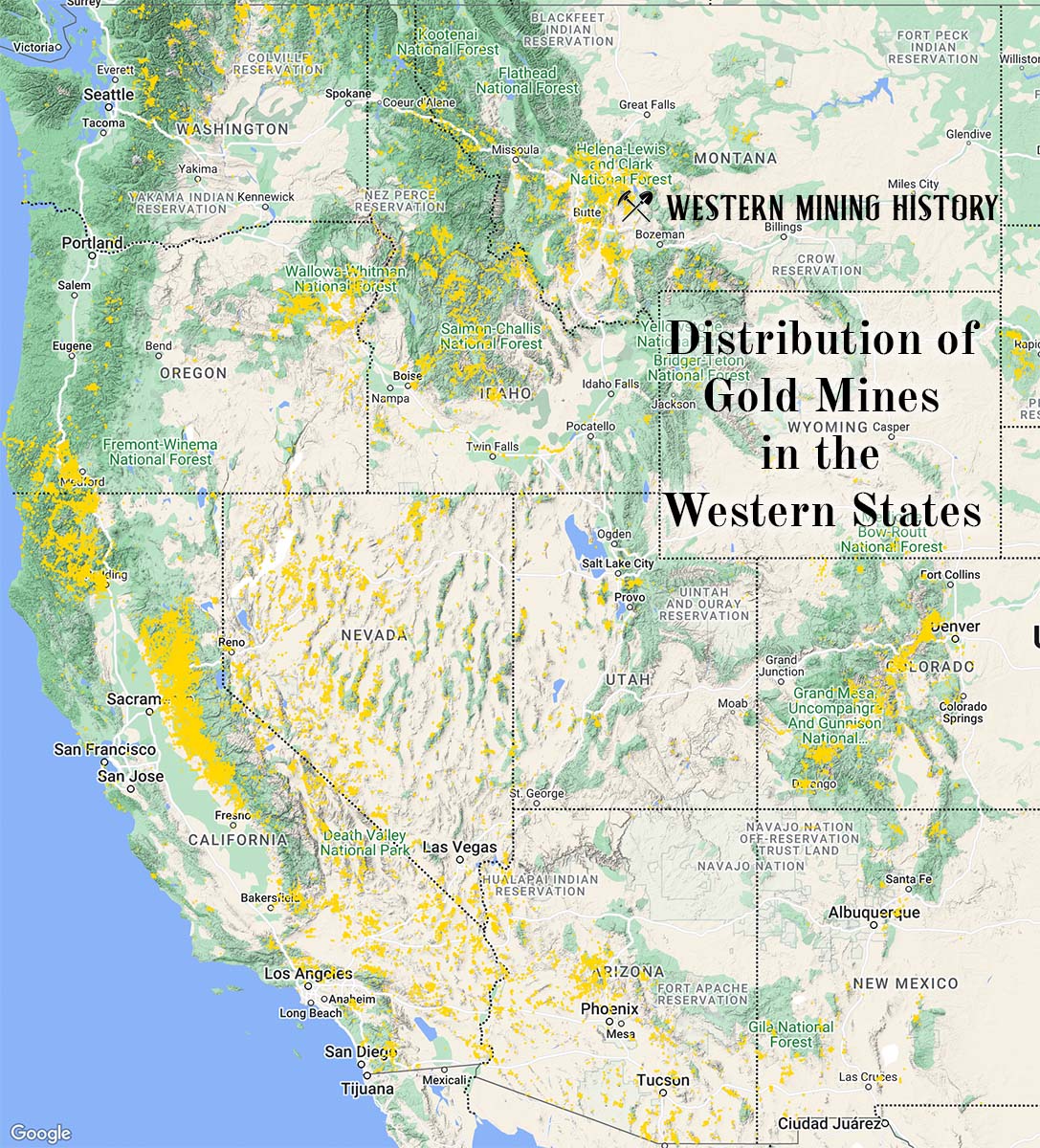The Dry Gulch is a mine located in Alaska.
About the MRDS Data:
All mine locations were obtained from the USGS Mineral Resources Data System. The locations and other information in this database have not been verified for accuracy. It should be assumed that all mines are on private property.
Mine Info
Dry Gulch MRDS details
Site Name
Primary: Dry Gulch
Commodity
Secondary: Gold
Location
State: Alaska
District: Goodnews Bay
Land Status
Not available
Holdings
Not available
Workings
Not available
Ownership
Not available
Production
Not available
Deposit
Record Type: Site
Operation Category: Producer
Operation Type: Unknown
Years of Production:
Organization:
Significant:
Physiography
Not available
Mineral Deposit Model
Model Name: Placer PGE-Au
Orebody
Not available
Structure
Not available
Alterations
Not available
Rocks
Not available
Analytical Data
Not available
Materials
Ore: Chromite
Ore: Gold
Ore: Ilmenite
Ore: Magnetite
Comments
Comment (Deposit): Model Name = Placer PGE-Au (Cox and Singer, 1986; model 39b)
Comment (Geology): Geologic Description = The headwaters of Dry Gulch are in the southeast border zone of the Red Mountain ultramafic pluton, where clinopyroxenite and hornblende-bearing rocks are dominant (Alaska Earth Sciences, 2000). Dry Gulch is only about 1/2 mile long, and placer tailings are present along about 1/4 mile of its lower length. Small-scale mining took place as early as 1927 or 1928, and continued intermittently until 1934, when the Goodnews Bay Mining Company started larger-scale dragline operations in the area (Mertie, 1940; 1976). The placer deposit probably has general characteristics like those on nearby Platinum Creek (HG014) and Fox Gulch (HG028). Locally derived gravels were coarse and bouldery, up to 12 feet thick but thinning upstream; PGMs were concentrated on or near bedrock. Bedrock along the mined part of Dry Gulch is part of an assemblage that includes sheared argillite, graywacke, and mafic to intermediate, fine-grained igneous rocks that are difficult to identify because of their decomposed character where exposed in mining cuts (Mertie, 1940). These rocks are included in a regional sedimentary and volcanic assemblage that ranges in age from Paleozoic to Mesozoic (Hoare and Coonrad, 1978). Platinum in Dry Gulch was probably discovered at about the same time that mining started on Platinum Creek (1928, Mertie, 1940). Dry Gulch was probably worked out by 1941.
Comment (Exploration): Status = Active?
Comment (Reference): Primary Reference = Mertie, 1940
Comment (Workings): Workings / Exploration = Placer tailings are present along about 1/4 mile of lower Dry Gulch. Small-scale mining took place as early as 1927 or 1928 and continued intermittently until 1934, when the Goodnews Bay Mining Company started larger-scale dragline operations in the area (Mertie, 1940). Dry Gulch was probably worked out by 1941.
Comment (Geology): Age = Quaternary.
References
Reference (Deposit): Alaska Earth Sciences, 2000, The Goodnews Bay ultramafic complexes: Unpublished data, http://aes.alaska.com/UMAF/FIGURES/page4.html
URL: http://aes.alaska.com/UMAF/FIGURES/page4.html
Reference (Deposit): Cobb, E.H., 1972, Metallic mineral resources map of the Hagemeister Island quadrangle, Alaska: U.S. Geological Survey Miscellaneous Field Studies Map MF-362, 1 sheet, scale 1:250,000.
Reference (Deposit): Mertie, J.B., Jr., 1976, Platinum deposits in the Goodnews Bay district, Alaska: U.S. Geological Survey Professional Paper 938, 42 p.
Reference (Deposit): Hoare, J.M., and Coonrad, W.L., 1978, Geologic map of the Goodnews and Hagemeister Island quadrangles region, southwestern Alaska: U.S. Geological Survey Open-File Report 78-9-B, two sheets, scale 1:250,000.
Reference (Deposit): Cobb, E.H., 1980, Summaries of data and lists of references to metallic and selected nonmetallic mineral deposits in fifteen quadrangles in southwestern and west-central Alaska: U.S. Geological Survey Open-File Report 80-909, 103 p.
Reference (Deposit): Mertie, J.B., Jr., 1940, The Goodnews platinum deposits, Alaska: U.S. Geological Survey Bulletin 918, 97 p.
The Top Ten Gold Producing States

These ten states contributed the most to the gold production that built the West from 1848 through the 1930s. The Top Ten Gold Producing States.